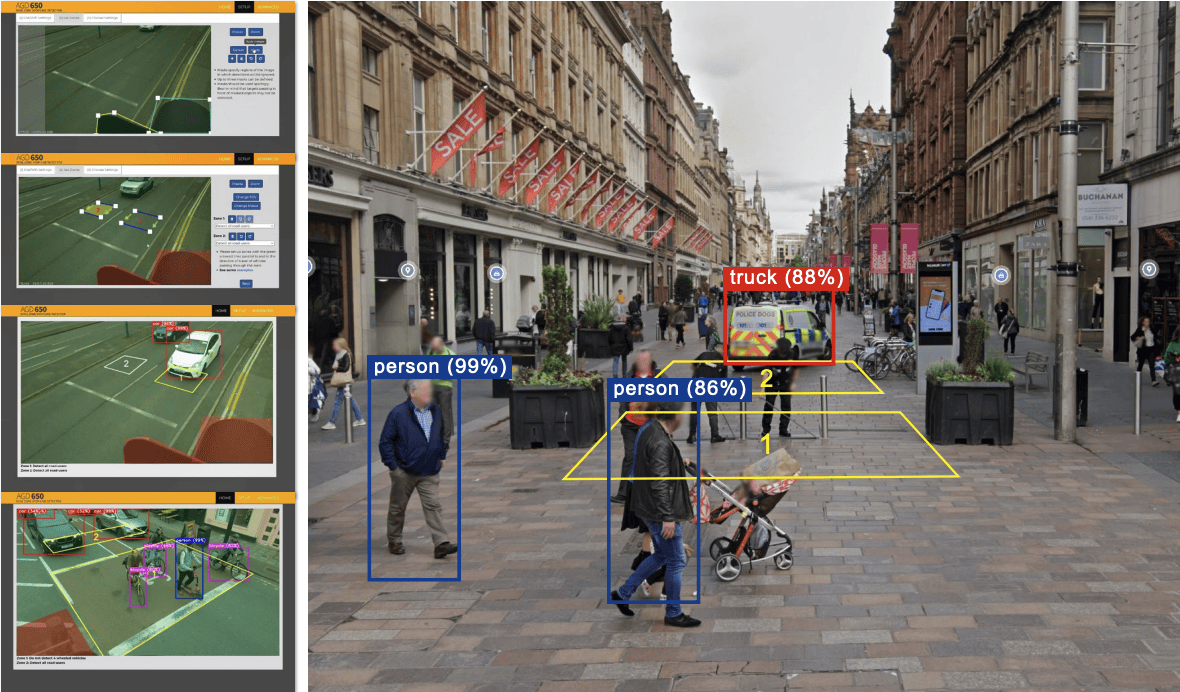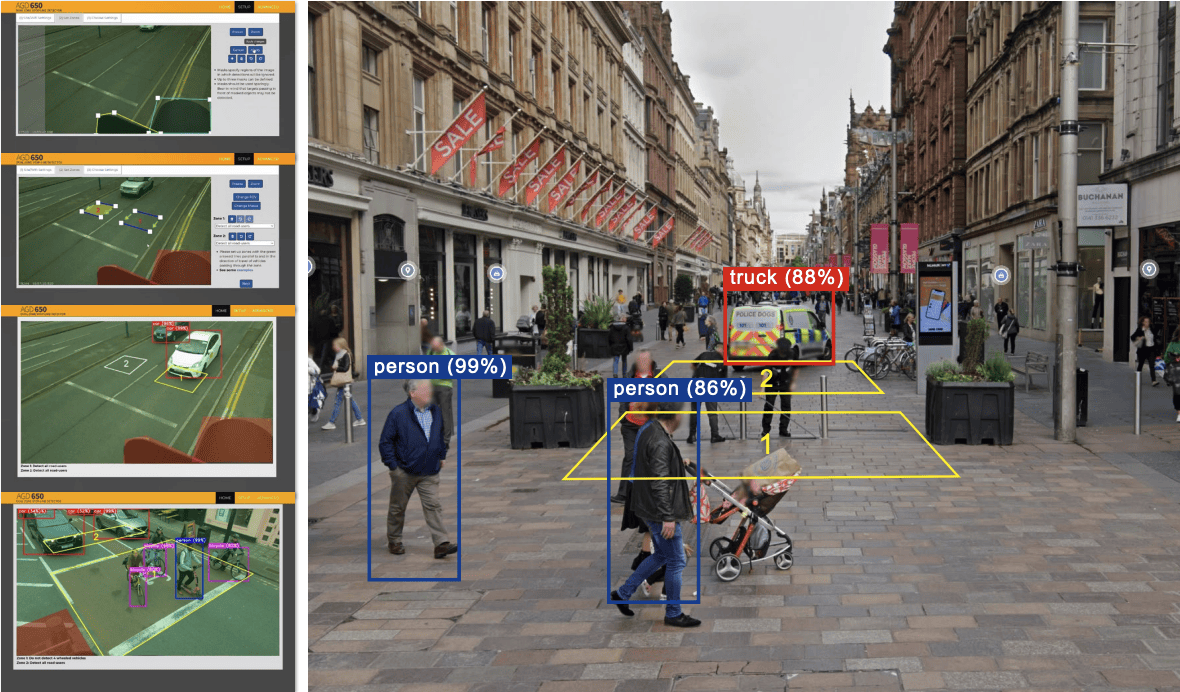Two junctions in a busy Scottish city have been used as trial locations for an innovative dual zone stop-line detector from AGD Systems.

The AGD650 – which has inbuilt AI technology – has been trialed by authorities including Glasgow City Council before a wider-scale launch in early 2023.
Two detectors were set up at different locations within the city: the first being the junction of Argyle Street and Buchanan Street where service vehicles exit from a pedestrian section of the latter road.
A council spokesman explained: “Previously there were multiple false detections due to the large number of pedestrian in the area. This would lead to delays for buses when signals which served the side road were activated when not required.
“The AGD650 was set to only trigger when four-wheel vehicles entered the detection zone, thereby eliminating false detection and association delays.”
The second location where the 650 was trialed was the junction of Great Western Road and Fifth Avenue, where vehicles exit from a car park adjacent to a stop line which usually meant they weren’t detected by the existing solution.
“The 650 was able to identify every vehicle and trigger demand as required.
“The outcome of the trial was that the detector was 100% effective in both test locations. The technology has the capability of correctly identifying vehicles, cyclists and pedestrians – and giving an improved level of control for traffic signals which makes it more reliable and effective than traditional detectors.
“As the detector is more reliable, traffic signals are only triggered when required and this makes them more efficient and reduces lost time at junctions.”
Greg Baker, Commercial Manager at AGD, said the trials in Glasgow had highlighted the benefits of the AGD650 in overcoming two very different detection issues.
“In one location, they were seeing pedestrians unnecessarily triggering their previous detection solution. In the other, vehicles weren’t always being detected when they should have been.
“During the development of the 650, our focus was ensuring accuracy of detection which – during the trials – has been shown to support the smooth running of traffic and reduce unnecessary wait times.”

